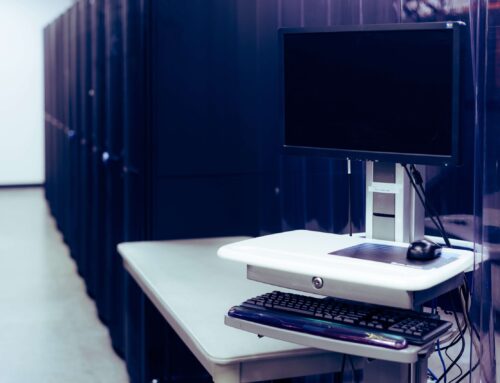The functional abilities of the human brain have lots of similarities to the industrialized machine vision system. However, the machines are not as effective and, to some extent, cannot be wholly relied on. I have come across several vision applications systems, and at times I get mesmerized by what peoples’ expectations about a camera are. Inspections conducted through the industrial system are incredibly efficient but less effective than the brain of a human being. The machine’s functionality can either be its strong point or a drawback. Similar to any engineering duties, the ability to fully understand how a particular machine operates can help lead to the full utilization of its abilities and minimizing the disadvantages.
The human brain’s approach to image processing
The human brain is like a machine programmed to identify images. The brain is always learning new patterns, and it is well equipped with a long-lasting ability to recognize images and classify each pattern a person sees. In the scenario of blurry images, one can always deduce a fair judgment of the image in reference to context. The brain can let you understand your location, what you are after, and with this comes the added advantage of other human sensory organs. While conducting a visual inspection duty, one always has a clear understanding of what they are working on, how that particular product was made, and when the chances of an accident can occur. If a person is able to grasps all the necessary steps, they can work efficiently and quickly learn how to distinguish between good and bad products.
The human brain is much faster in grasping content through experience compared to a computer. A person can quickly master new products and separate the good from the bad. You can easily tell patterns without prior training. In case what you are after is not where you expected it to be, you will definitely check elsewhere. The human brain can identify blurry and misrepresented images, and in due course, one can perfect the skill without training. Despite the human brain’s ability to recognize images, it has disadvantages too. The human brain varies with each individual and changes as the days go by. The brain gets sluggish while processing images, and at times measurements from visual inputs become inaccurate as it is not numerical.
How industrial vision inspection operates.
On the contrary, an automated vision inspection will only do what it is programmed to. It has no clue about the mechanism or the section. It cannot recognize images or any other extra senses that are found in a human being The mechanized system is not flexible in its method of sorting, classifying, and measuring approach. Every step of the mechanism has to be guided by a professional software developer. There is no improvement and capacity to complete any new task without external help. The need for help makes it less efficient in tackling a task and learning new techniques of understanding patterns. The machine is rigid in that if it does not find what it was searching for, it cannot push itself and look elsewhere. However, many advantages come along with the machine’s rigid factor.
The automated vision machine displays some aspects of efficiency. The products made have some aspects of uniformity and are numerical. All these factors are critical to industrial processing. The device is also highly reliable when it comes to measurement functions. Simplicity is vital while conducting an automated check-up. It would be best to have your camera entirely focused on images of interest while a much lower one on what you do not necessarily need. What this does is it improves the effectiveness of the algorithms in comparison to the human brain. Simplified algorithms are much quicker to process with better results from a software designer’s point of view.
Compound functionality of the machine
There have been tremendous innovations in automated vision systems. There are new tools that conduct tasks much efficiently. One can easily assume that it is the combination of a human brain and the traditional automatic vision systems at work. The new technology is a replica of the artificial intelligence mechanism present in the market. The machine learning technology can be bought and used for automated vision inspection. The machine’s ability to carry out duties with ease gives the device some of the power only present in the human brain. The tools are excellent for undertaking inspection duties. They can be used for checking certain features of an item that may require high contrasts. For example, the technique in machine learning can be applied in reviewing the quality of welding through discoloration. Things like scratches, smoldered and marks can be hard to notice when using the traditional approach. However, when machine learning is applied, the issue can be sorted much more quickly. However, this approach is still very new for automated inspection tasks. The equipment is very costly and requires high volumes of power for its preparation. The tools are not well equipped to conduct tasks that were much simpler to carry out using traditional instruments such as measuring, locating, and supersonic applications. Machine learning tools can come in handy to the future of automated operation, but they are currently not yet the choice for many.
Conclusion
The field of engineering is about thinking over the advantages and disadvantages of using specific tools. It is also about learning how to maximize those advantages fully and minimizing the disadvantages. Vision can be looked at as an excellent example. Once you have a clear understanding of how it functions, you can easily apply the knowledge with the proper lighting and set it to carry out a specific task well. And what you need to come to task with is: never expect the computer to outsmart the human brain. We are still far technologically from that.



